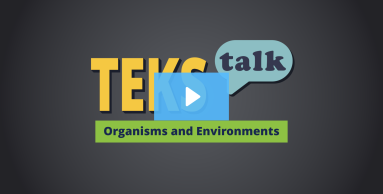
Knowledge and Skills Statement
Organisms and environments. The student knows that organisms undergo similar life processes and have structures and behaviors that help them survive within their environments.
Supporting Information
Research
Teixidor, Patricia. “Cultural Traditions in Orcas.” Mapping Ignorance Blog. February 2013. https://mappingignorance.org/2013/02/25/cultural-traditions-in-orcas/.
Summary: This article explains the various ways young orcas learn behaviors from elder orcas. Young orcas learn different hunting skills by imitating the more experienced hunters. These skills help young orcas to hunt more efficiently and keeps them safe. Elder orcas have been shown encourage their young to practice certain hunting skills and demonstrating these behaviors for them. Orcas are believed to be highly intelligent and communicative which helps them teach and learn these survival skills.
